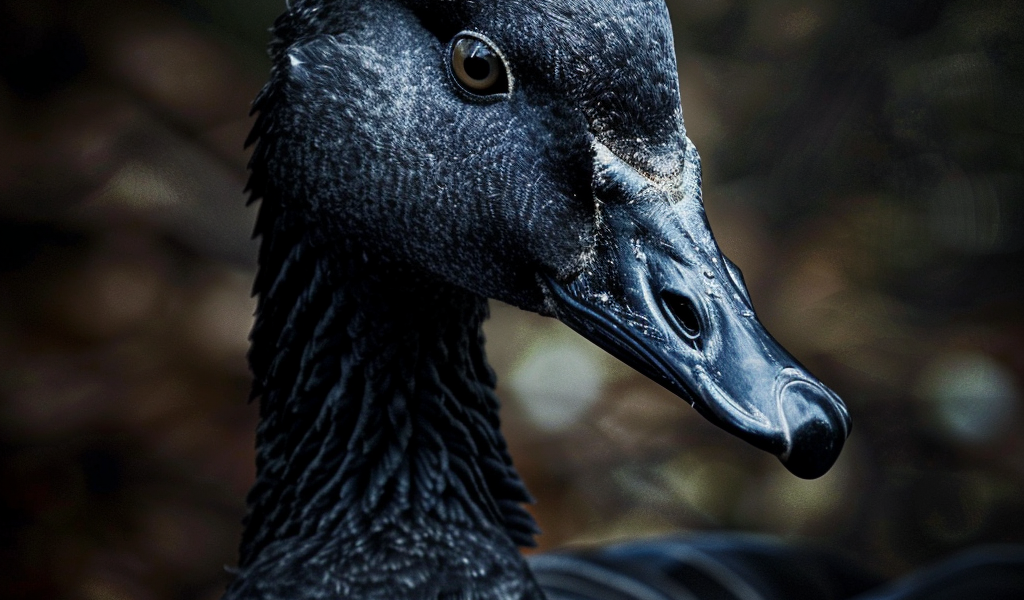The world is currently facing a threat that is not only affecting humans but also endangering the lives of Earth’s wildlife. The highly pathogenic strain of avian influenza H5N1, commonly known as bird flu, has been wreaking havoc among millions of birds and an unknown number of mammals over the past three years.
According to a conservation biologist specializing in emerging infectious diseases, the next pandemic may already be underway, but it primarily affects a wide range of species rather than humans. The HPAI H5N1 virus, which originated in domestic geese in China in 1997, has since spread to humans in Southeast Asia, with a mortality rate of approximately 40-50%. The virus even claimed the life of an endangered Owston’s palm civet in a captive breeding program in Vietnam in 2005, raising concerns about how these animals contracted the virus.
Surprisingly, the infected animals had not been exposed to diseased poultry, leading researchers to investigate the extent of the threat posed by bird flu to wildlife. It was discovered that nearly half of the different groups of birds, known as ‘orders,’ had reported fatal infections of bird flu by 2005. These orders comprised 84% of all bird species, indicating the widespread impact of the virus on avian populations.
The emergence of a new virus in Chinese poultry has raised alarms about the potential impact on global biodiversity. The threat posed by H5N1 is not limited to a specific region, as the virus has the potential to affect a significant portion of the world’s wildlife, posing a serious concern for conservation efforts and ecological balance.





